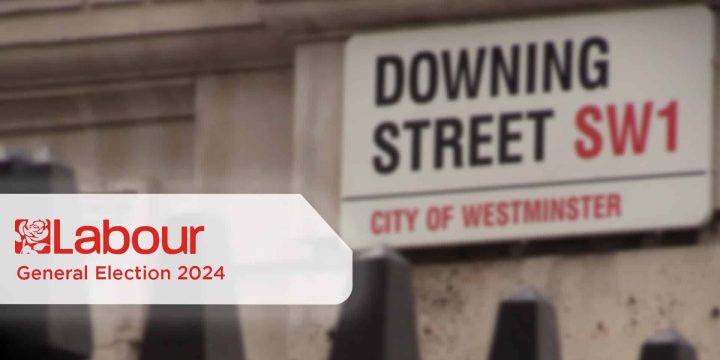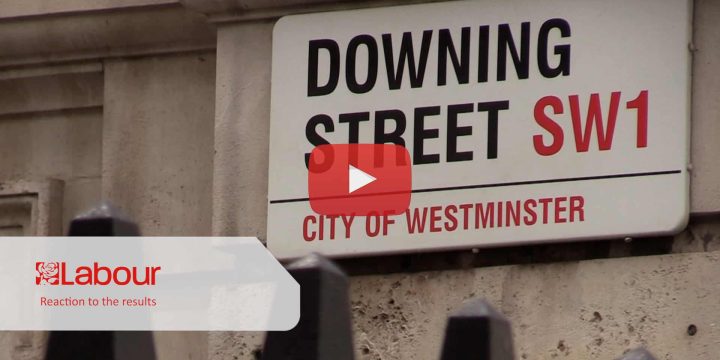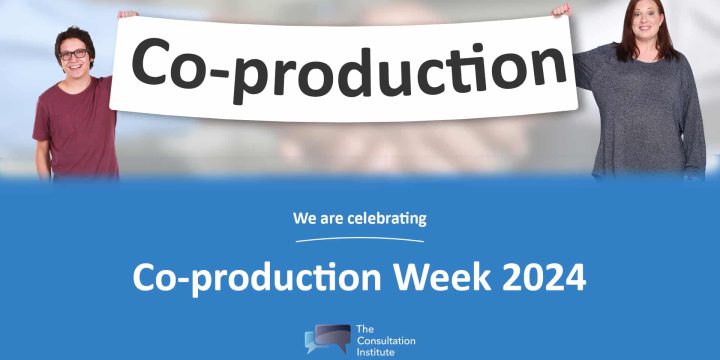News & Insights
Where more means less – The law of diminishing returns applies to consultation
One of the hardest parts of consultation is knowing how much to do. County Councils joining the Institute have recently admitted to undertaking hundreds of different consultation exercises. Some have arisen as a result of statutory requirements; some because of political pressure, and many because managers genuinely feel that decisions they take will be better if the views of key stakeholders are taken into account.Because the impetus for undertaking a consultation can vary, and the decision-cycles impacting those decisions also vary, the task of forward planning is far from easy. Stakeholders who complain of consultation fatigue believe it is simply a case of one arm of the bureaucracy not know what another is doing!The reality is more complex. Public Agencies are rightly driven by the imperative of their statutory remit – and are accountable for meeting increasingly demanding public service commitments. So the logic of consultation derives from their overall programme of activities. If an agency embarks upon a radical agenda of change, it will often follow that an intensive sequence of consultation becomes necessary.But what happens when other agencies simultaneously embark upon a similar programme? How do we avoid asking the same people too many questions at the same time?The Gershon Report correctly sees this as the big weakness of public agencies. It sees the culture of organisational autonomy having led to re-inventing wheels, a reluctance to share resources, limited co-ordination and inadequate adoption of best practice.Consultation is a classic example where effort is needed to eliminate wasteful duplication. There may be too many consultations, and quality is very variable. Stakeholders time and attention is a precious commodity and we owe it to them to use this resource well.
Trigger points
- Calculate the total cost (including ‘hidden’ staff time) of consultation in your organisation, and assess the value of each exercise.
- Use mapping techniques to assess the scale of consultations targeted at various stakeholder groups.
- Do less, but do it better.
This is the 23rd Tuesday Topic; a full list of subjects covered is available for Institute members and is a valuable resource covering so many aspects of consultation and engagement



